Architecture has been an integral part of human culture since ancient times, reflecting the artistry and functionality of the structures we inhabit. Over time, different architectural styles have emerged, each with their own unique features and characteristics. In this post, we will explore several architectural styles, including Colonial, Rustic, Spanish Colonial, Craftsman, Contemporary, Mid-Century Modern, Victorian, and Ranch. From the traditional and classic designs of Colonial architecture to the simplicity and natural materials of Rustic design, there is a style to suit every taste and preference. Whether you are drawn to the ornate details of Victorian architecture or the clean lines and functionality of Contemporary design, these styles offer something for everyone.
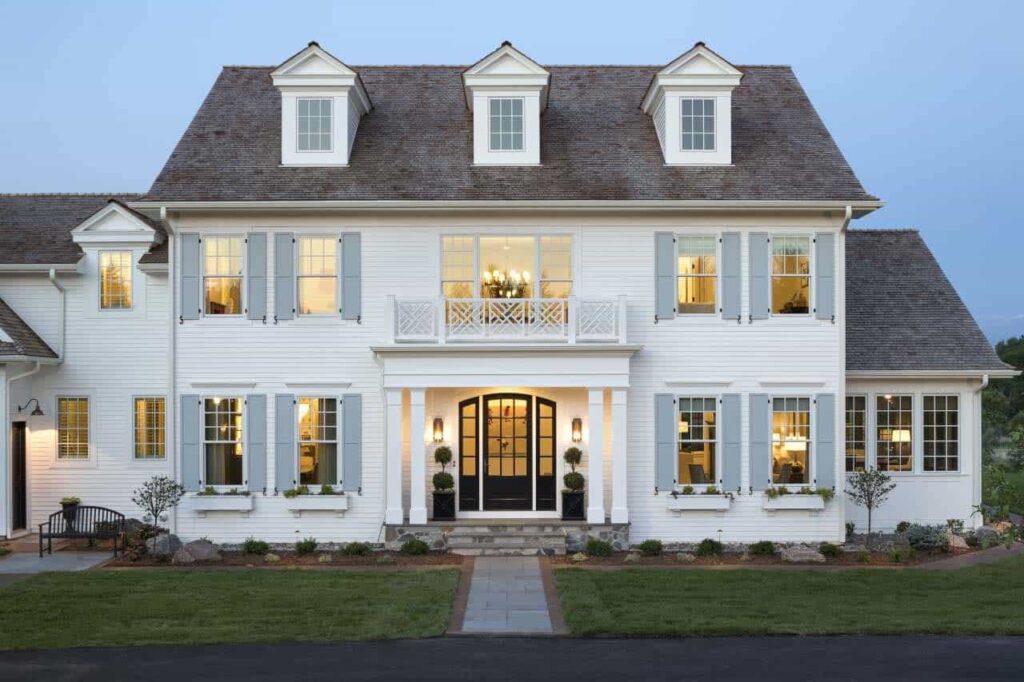
Key Features:
Traditional, symmetrical design, central front door, two stories, shuttered windows, historic, family-oriented interior.
Origin:
Colonial Style, also known as Colonial Revival, is an iconic American design style with early 18th century roots, conceived by European immigrants.
Exterior Features:
Gambrel or gable roof, clapboard or brick siding, central chimney, porches with columns, wide balconies that connect the upper floor.
Interior features:
Spacious rooms that all connect to the same main hallway and stairwell. Typically offers a lot of woodworking decoration on the walls and staircase.
Best For:
Families who value traditional and classic style.

Key Features:
Use of natural materials such as stone, wood, and clay, rough-hewn timber beams and posts, earthy color palettes, textured finishes, such as stucco or plaster.
Origin:
The style became popular in the late 19th and early 20th centuries as people sought to connect with nature and embrace a simpler way of life. Historically popular in mountainous rural areas. In modern times, it’s growingly popular as a countryside design.
Exterior Features:
Sturdy design rich in wood choice, accompanies rural areas well.
Interior Features:
Big, panoramic windows and balconies for great outdoor view.
Best for:
Those who love the rural countryside. Rustic style is great for isolated introverts, but can be utilized for a warm family interior as well.
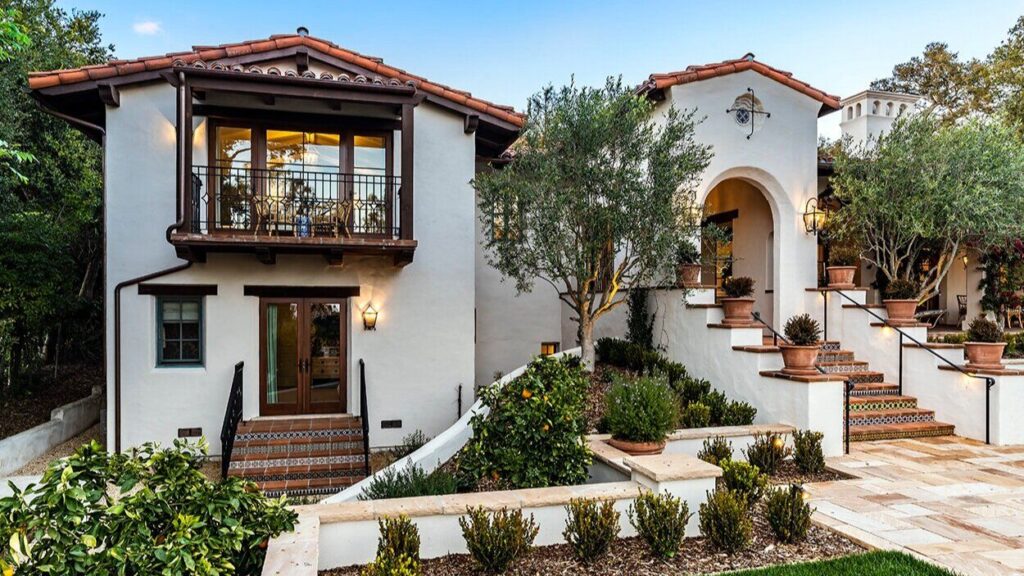
Key Features:
Red tile roofs, stucco exteriors, and arched doorways and windows.
Origin:
This style was inspired by the architecture of the Spanish colonies in Mexico and Central America and was popular in California in the early 1900s.
Exterior Features:
Courtyards, fountains, and wrought iron accents.
Interior features:
Hand-painted tiles, carved wood details, and heavy wooden doors.
Best for:
Homeowners who want a warm and inviting design with a touch of old-world charm.

Key Features:
Simplicity, natural materials, and handcrafted details.
Origin:
This style emerged in the early 20th century as a reaction to the ornate styles of the Victorian era. It was popularized by the Arts and Crafts movement.
Exterior Features:
Low-pitched roofs with wide eaves, exposed rafters, and tapered columns.
Interior Features:
Open floor plans, built-in cabinets, and natural materials like wood and stone.
Best for:
Families who appreciate simplicity and natural materials. It’s a great choice for those who enjoy indoor-outdoor living.
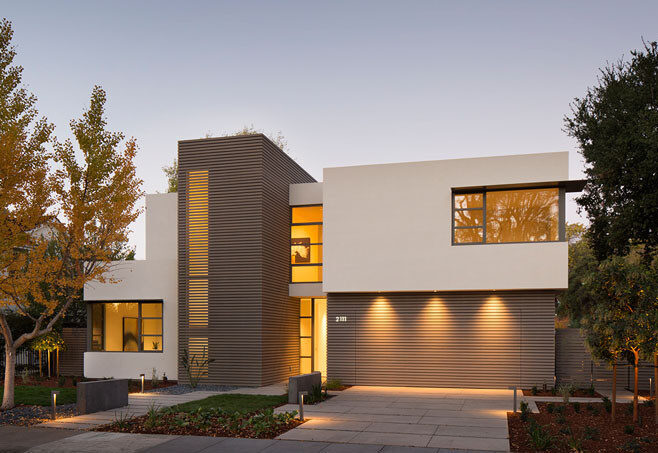
Key Features:
Clean lines, simple shapes, and minimal ornamentation.
Origin:
Contemporary style emerged in the mid-20th century and is characterized by a focus on function and simplicity.
Exterior Features:
Flat or low-pitched roofs, large windows, and simple forms, rooftop terrace or a backyard patio.
Interior Features:
Open floor plans, minimal ornamentation, and natural light. Natural materials, such as wood or stone, may be incorporated to add warmth and texture.
Best for:
This style is best for homeowners who appreciate modern design and a sleek, minimalist aesthetic. It’s a great choice for those who want a home that is functional and efficient, with a focus on clean lines and simplicity.
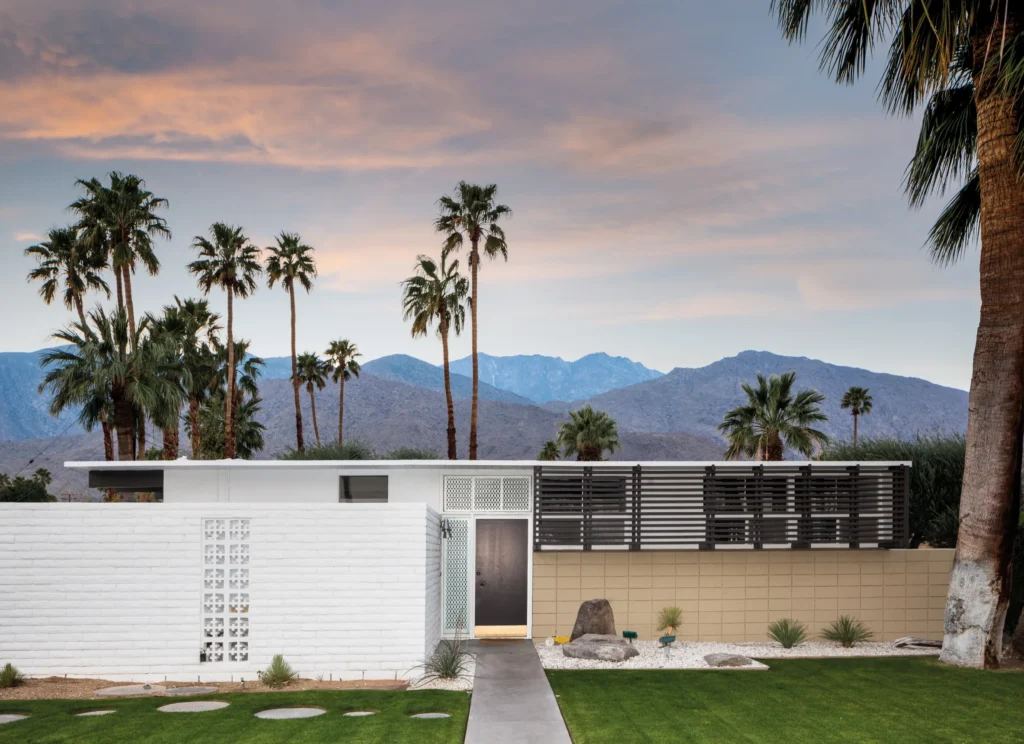
Key Features:
Minimalist design, emphasis on simplicity, clean lines, geometric shapes, functionality, use of modern materials, connection to nature.
Origin:
The Mid-Century Modern style emerged in the mid-20th century, primarily in the United States, as a response to the ornate and formal styles that were popular at the time.
Exterior Features:
Low-pitched roof, large windows, and a connection to nature through features such as a courtyard or outdoor living area.
Interior features:
Open functionality and simplicity floor plan, central fireplace, exposed beams, and built-in furniture. Natural materials such as metal and glass.
Best for:
Homeowners who appreciate the simplicity and functionality of modern design, as well as a connection to nature.
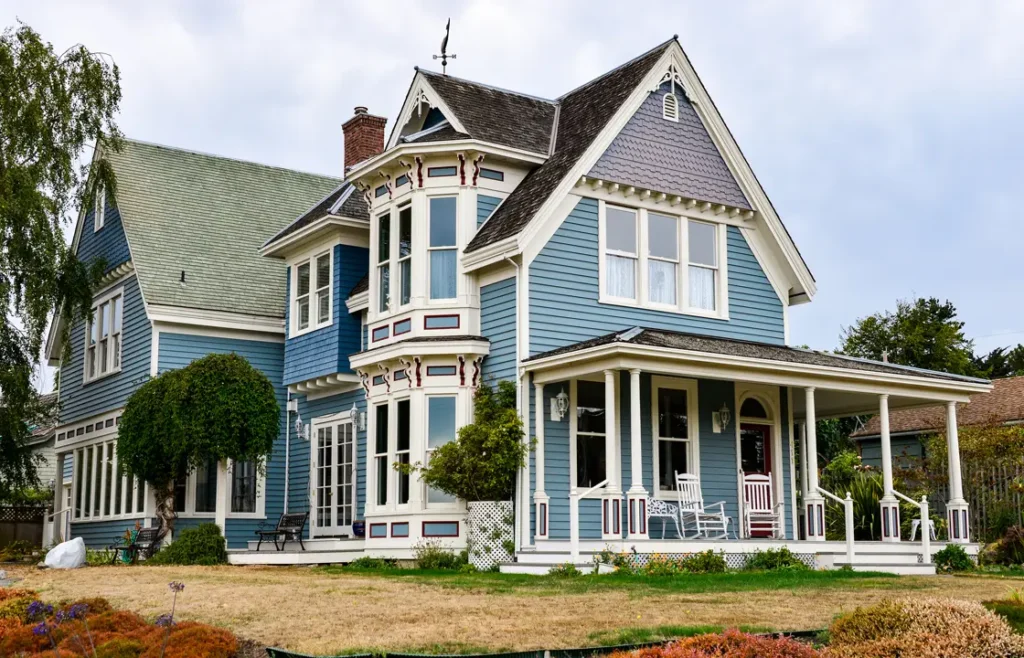
Key Features:
Ornate and decorative details, asymmetrical design, and steep roofs.
Origin:
This style was popular during the Victorian era in the late 19th century. It drew inspiration from a range of architectural styles, including Gothic Revival, Italianate, and Second Empire.
Exterior Features:
Asymmetrical shape, complex rooflines, porches and ornate decorative details such as gingerbread trim and stained glass windows.
Interior Features:
Plasterwork, wood paneling, decorative moldings, multiple fireplaces, high ceilings, and large windows.
Best for:
Victorian architecture is perfect for antique lovers and history enthusiasts who want a character-filled home with intricate details and rich history.

Key Features:
Single-story, low-profile design, simple and practical open layout, with easy access to outdoor spaces.
Origin:
The Ranch style emerged in California in the early 20th century, as a response to the need for affordable and practical housing for the middle class.
Exterior Features:
Low-pitched roof, simple and unadorned facade, connection to the outdoors through features such as a patio or deck. They may be clad in a variety of materials, including wood, brick, and stucco.
Interior features:
Ranch houses have a central fireplace, large windows, and sliding glass doors for outdoor access. They may also have separate living areas like a den or family room.
Best for:
For those who appreciate the simplicity and practicality and want a home with a relaxed and informal feel.
We are able to capture a client’s idea in the early planning phases and continue it through to the final stages of construction. We pride ourselves on upholding constant communication and carefully managing every stage of the construction process to ensure high-quality performance in a timely manner.